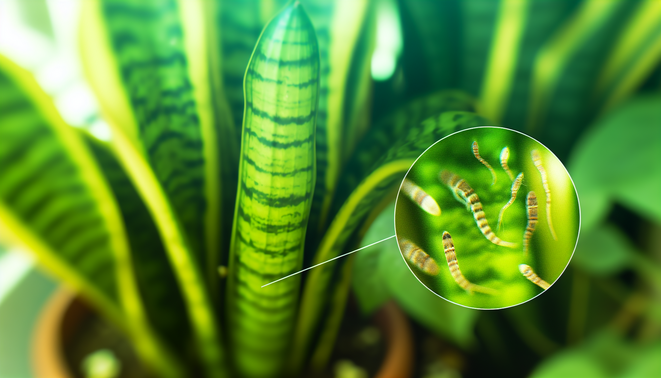Recognizing Symptoms in Your Plants
Recognizing symptoms in your plants is crucial to ensuring their health and vitality. Discoloration, such as yellowing leaves or dark spots, often signals issues like overwatering or nutrient deficiencies. For instance, webbing on the leaves can indicate a spider mite infestation, a common problem that thrives in dry indoor conditions. If you notice these symptoms, it’s essential to act promptly.
For discoloration, assess your watering routine and consider testing your soil for nutrient levels. Enhancing soil quality using organic fertilizers can provide the necessary nutrients for recovery. Regarding webbing, increasing humidity around the plant can deter spider mites, as they prefer dry environments. You can gently spray water on the leaves or introduce beneficial insects like ladybugs, which prey on these pests.
Being proactive empowers you to create a healthier environment for your plants, reassuring you that you can effectively address and prevent common issues. For more detailed guidance on plant care, check out our comprehensive guide on how to care for succulents or explore tips on indoor bamboo care.
Post-Pest Infestation Care for Your Snake Plant
After your snake plant has experienced a pest infestation, it’s crucial to implement care strategies that not only help it recover but also bolster its defenses against future issues. Begin by gently removing any visible pests using a soft cloth or cotton swab. A mild soapy water solution can effectively wash away many pests; just ensure you rinse the leaves afterward to prevent soap residue from harming the plant.
Inspecting the roots during repotting in fresh, well-draining soil rejuvenates the plant and reduces the risk of pests returning. Healthy roots support robust growth, making the plant less susceptible to infestations. Proper watering practices are vital—allowing the soil to dry out between watering creates an inhospitable environment for pests that thrive in moisture.
To enhance your snake plant’s resilience, provide bright, indirect sunlight to encourage healthy growth and strong foliage. Regularly fertilizing your plant during the growing season with a balanced fertilizer can further support recovery and boost its immune system. Moreover, consider systemic insecticides as a preventive measure, particularly if infestations have been recurring, as they target pests from within the plant.
Lastly, cultivating healthy plant care habits—like dusting leaves and regularly checking plants for signs of distress—will nurture a strong bond between you and your greenery, turning your snake plant into a flourishing companion rather than a chore. For further insights on maintaining healthy, thriving plants, check out our guide on how to care for succulents or discover pet-safe houseplants that can complement your home environment.

6 thoughts on “Understanding Common Pests On Your Snake Plant And How To Care For Them”